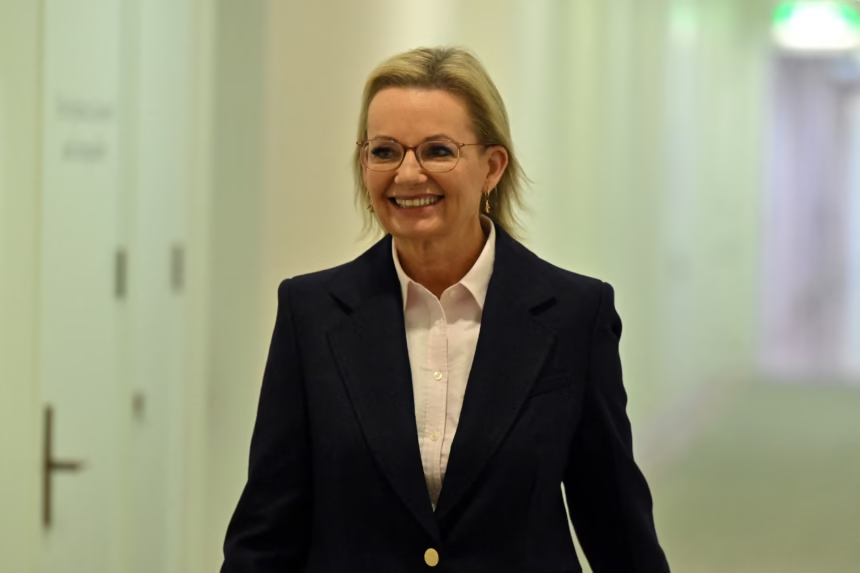Australia’s political landscape took a historic turn on May 13, 2025, as the conservative Liberal Party elected Sussan Ley as its first-ever female leader following a major election defeat. This leadership change marks a moment of reflection and transformation for the party, which has faced declining support among urban voters and women.
1. Sussan Ley Makes History as First Female Liberal Leader
After the defeat of Peter Dutton, Sussan Ley was voted in as the new Liberal Party leader. Her background as a former outback pilot and mother of three—combined with her academic credentials, including three finance degrees—has made her a compelling new figure in Australian politics.
In her first press conference, Ley acknowledged thIn her first press conference, Ley acknowledged the party’s declining female support and promised to “rule a line under that,” pledging to reconnect with women voters and steer the party toward modern, centrist values. This leadership shift echoes broader trends across global politics, similar to what we saw in the 2025 Eurovision Song Contest, which spotlighted cultural and political inclusion.e party’s declining female support and promised to “rule a line under that,” pledging to reconnect with women voters and steer the party toward modern, centrist values.
2. Labor Secures a Strong Second Term
Prime Minister Anthony Albanese was sworn in for a second term, heading what he described as the largest center-left government since federation in 1901. With Labor projected to win at least 94 of the 150 seats, the victory reflects a voter backlash against conservative policies echoing Donald Trump’s populism.
Albanese’s victory underscores growing dissatisfaction with divisive political rhetoric and a preference for stability amid global economic and political turmoil.
3. Dutton Out After Trump-Inspired Policies Backfire
Peter Dutton, who led the party into the election, lost his seat following criticism over his Trump-style policies. Labor nicknamed him “DOGEy Dutton” in reference to his plans to slash diversity and inclusion roles in public service—an approach voters clearly rejected.
His defeat not only represents a personal setback but also a broader rejection of the conservative party’s recent direction.
4. Independent Women Reshape Political Map
For the second consecutive election, the Liberal Party lost key urban seats—especially in Sydney and Melbourne—to female independent candidates advocating for climate action and gender equality. These candidates signal a seismic shift in Australia’s traditionally conservative urban vote base.
Ley acknowledged this reality by stating the Liberal Party must “meet modern Australia where they are.”
5. Ley’s Resilient Journey Resonates With Australians
From cooking for shearers in a caravan to flying planes over the Australian outback, Sussan Ley’s life story is one of grit and resilience. Her personal story—raising children during a drought and then pursuing advanced education—has already begun to humanize and rebrand the party’s image.
“I want to pay tribute to the wisdom of shearers I once cooked for,” she said, recalling her humble beginnings. Her lived experiences may help the Liberal Party reconnect with middle Australia in ways it has struggled to do in recent years.
Looking Ahead
Prime Minister Albanese is expected to travel to Indonesia and Rome this week, attending the inauguration mass of Pope Leo XIV and meeting with EU leaders such as Ursula von der Leyen to discuss trade. Meanwhile, Ley’s ascension could lead to a new chapter for the Liberal Party, focused on economic reform, gender inclusivity, and a pivot to the political center.
For full election details, visit the Australian Electoral Commission.
Stay informed on other major political shifts like Eurovision 2025’s cultural significance and Virat Kohli’s recent retirement from Test cricket.


